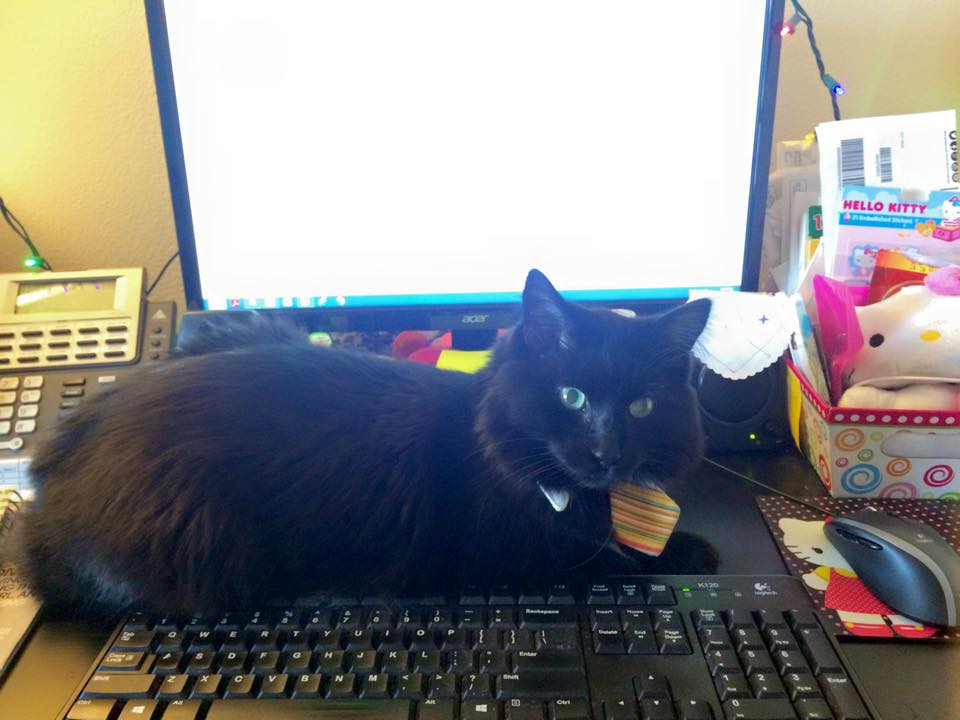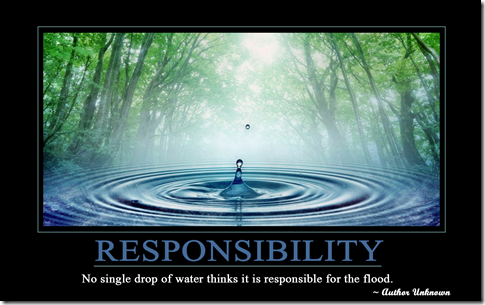RSVP is a local business & proud of it. Our office headquarters has been located in Centerville, Ohio for all of our 15 years of business, and our employees are both familiar with & active in the communities they serve in Cleveland, Akron, Columbus, Dayton, Cincinnati, Louisville, Lexington, and most recently, Indianapolis. We take pride in being small & local because we believe it helps us better understand our clients’ needs & struggles. When you call our office in Centerville, I answer the phone – Hi, my name is Renee – and I help you get in touch with the person in our office who can best assist you. I also write & distribute the minutes for our weekly staff meetings, maintain client records, and manage our calendars and data gathering systems, in addition to generally trying to keep everyone else sane in the face of constantly looming deadlines.
That’s not terribly unusual for an administrative assistant. What is unusual is that I’m doing all of these things from my home office in Seattle, Washington – and probably with one of my cats in my lap.

The view from my “office” window.
I haven’t always worked from a home office. From 2011-2013, I worked in our Centerville office, and as far as I was concerned, I was going to keep working in that office until they pried my cold fingertips from my keyboard. Life, of course, had different plans for me: in August 2013, just as I hit the big 3-0, my boyfriend – a talented mobile app developer – was offered an incredible opportunity to work for a large tech company headquartered in Seattle! One month later, we sold my car, loaded our belongings into his Honda Civic, and drove across the country to start a new life in an unfamiliar city.
That’s how I became one of the millions of people who work remotely. Remote employees usually work from home, but sometimes they’re in coffee shops, airport lounges, and even planes themselves! The office as we used to know it has become less ubiquitous as businesses work to accommodate & respect their employees’ personal lives. According to Gallup’s State of the American Workplace, 39% of companies now allow employees to work remotely. A remote office is now less of an anomaly & more of an expectation, and this rings true even for small, local businesses, like RSVP. In fact, president & publisher of RSVP, Tony Sucato, recently said, “The goal is for all of us to eventually be able to work remotely.”
Not everyone thinks that is something to strive for in the business world, and some companies are actively working to curtail the remote trend. In 2013, Yahoo! CEO Marissa Mayer mandated that employees work from a Yahoo! office. Explaining this decision, Yahoo! Human Resources director Jackie Reeses said, “Being a Yahoo isn’t just about your day-to-day job, it is about the interactions and experiences that are only possible in our offices.” This, admittedly, hits home for me. I certainly miss my co-workers & the jokes we shared, or lunch runs we would make to grab mid-day bulgogi at Kabuki (P.S. if you live in Dayton or Columbus, go there on my behalf! I miss their food). Less tangible than lunch dates & inside jokes, though, are the small nuances you pick up on after sharing an office with people for years and years. When I worked in the office, I could tell if Jodie had a sick child at home, or if Heather was talking loudly because she had too many cups of coffee. Now, I am no longer privy to these details, and I miss out on the minutia. Yahoo’s decision was, at least in part, motivated by a desire to re-establish an office environment & encourage the sort of daily interactions that I miss now.
Beyond employee relationships, Yahoo’s Mayer was also concerned about out-of-office employees’ ability to be productive and ignore the many distractions working remotely may present. Writing for Forbes, David Sturt & Todd Nordstrom note that, “[p]ets, children, television, and the refrigerator can all be distractions for people who work from home,” and that remote workers who travel frequently face additional challenges, including noise, chatty co-commuters, and unpredictable work conditions. Still, I am not convinced that the distractions I now confront in my home office are any different from those I had in the RSVP office. Well, OK, granted, this wasn’t likely to happen in the RSVP office:

Captain Morgan, my CFO (Chief Feline Officer)
But something like this?

Ongoing construction outside our apartment building in Seattle.
Now that type of distraction is totally possible. In fact, I remember when we had the roof replaced at RSVP and had to brush plaster off our desks because the work was so intense above us. We couldn’t even use the office phones because of the noise! How is that in-office distraction worse than, say, having a cat hop up on your desk for a quick nuzzle at the home office? I’m honestly not convinced that it is. Additionally, studies have often shown that employees who work from a home office are more dedicated and productive, logging an average of 4 extra hours of work per week & cranking their productivity up by as much as 13%. Remote office employees even report being more engaged in their work than their in-office counterparts.
Still, remote work is not for everyone – businesses & employees alike. Large companies like Yahoo!, whose bloated infrastructure hindered growth in recent years, need to maintain control over many facets & departments chock full of employees, and an easy way to do that is to encourage in-office work. Further, some people are simply not cut out for remote work; the distractions prove too many, or they simply use the office to create a physical separation between their home lives & their professional lives. Sturt & Nordstrom encourage those considering remote work to do it for the right reasons, and believe it comes down to personal preference. According to them, “it may soon be possible that everyone can choose the work environment that suits them the best.” That is, remote office workers can work remotely, in-office employees can stay in the office, and businesses can reap the benefits that come from a happy employee base.
Even though I miss the camaraderie of the office & the convenience of being physically close to our central location, I am glad I have the opportunity to work from home. Working from home allows me to keep a job I enjoy with people I like at a company dedicated to excellence – and those factors are important enough to me that I’m willing to work across space & time (thousands of miles & a 3-hour time difference).
Now if you’ll excuse me, Hemingway needs to see me for my annual purr-formance review.

“We really need to focus on catching the red dot this quarter.”
Contributed by Renee Pugh.

All images are the author’s own. Unauthorized usage without proper credit is prohibited.






















